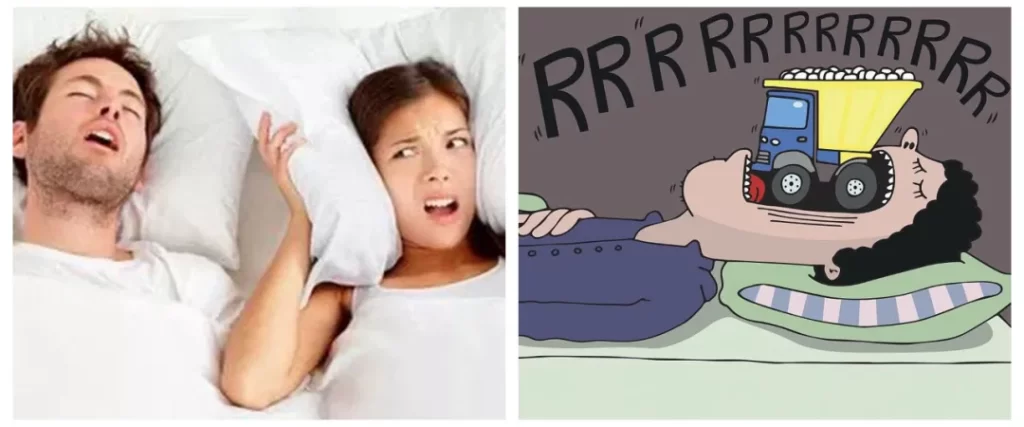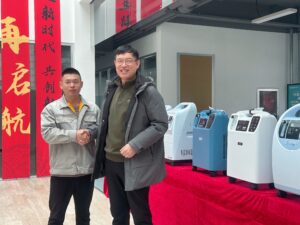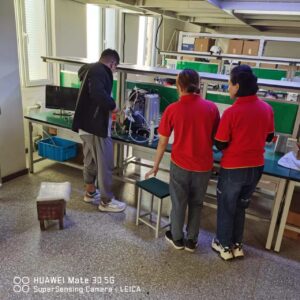
The “snoring sleep ventilator” is medically known as “positive airway pressure ventilation therapy”. It is currently the main treatment method for obstructive sleep apnea-hypopnea syndrome (OSAHS), including three modes: continuous positive airway pressure (CPAP), bilevel positive airway pressure (BiPAP), and automatic positive airway pressure (APAP). Different modes have different principles.
CPAP principle:
- The air pump continuously provides a certain pressure through the nasal mask to separate the soft palate from the posterior pharyngeal wall and prevent airway collapse.
- The positive pressure air stimulates the mechanical receptors of the genioglossus muscle to increase its muscle tone and prevent the tongue base from falling backward.
- CPAP regulates the upper airway muscles by stimulating the chest wall and vagus nerve, increases its muscle tone, and prevents airway obstruction and collapse. At the same time, CPAP provides a certain pressure during expiration to prevent alveolar collapse at the end of expiration and then correct hypoxemia.
BiPAP principle:
BiPAP performs bilevel adjustment through inspiratory pressure and expiratory pressure. The inspiratory pressure generates additional respiratory air volume for supplementation, and the expiratory pressure maintains the expansion and patency of the airway to eliminate obstructive sleep respiratory events.
APAP principle:
This device can continuously monitor the occurrence of apnea and hypopnea events during sleep in patients with OSAHS, sense the changes in upper airway flow and resistance, and through a certain program calculation, provide patients with appropriate treatment pressure as needed. Due to its high price, APAP has not been widely popularized yet.



